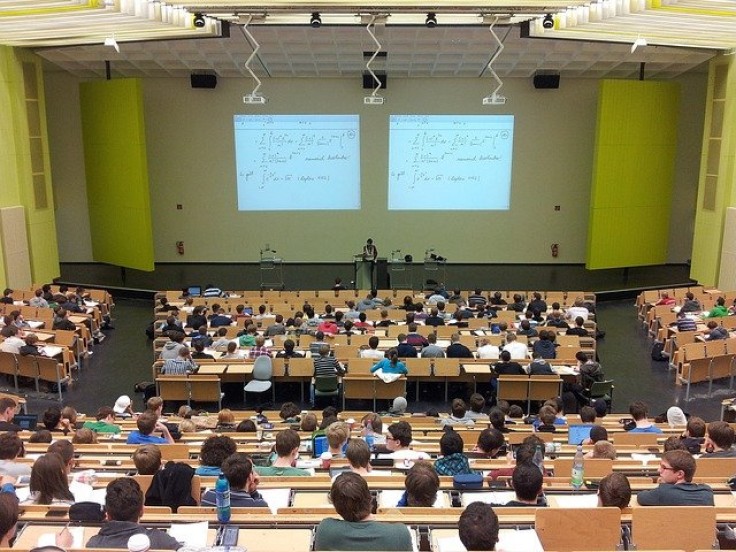
Technology has transformed everyone's lives. Classrooms have undergone tremendous changes and look very different than they did twenty years ago. Technological advances are somewhat responsible for the changes we see in classrooms today.
Many classrooms traditional chalkboards are being replaced with digital whiteboards. Some teachers believe that the internet has been of great help to them and has made resources, content, and learning materials more accessible. Let's look at more ways technology is helping the classroom grow.
Creating engaging environments
Some think that technology is a distraction. Yet in reality, with the proper usage of technology, you can create an engaging environment in your class and encourage active participation from the students.
Even a subject students normally don't show much interest for can become enjoyable when using devices like a tablet or computer. These devices students enjoy and other technologies can make the teaching session more interactive and convert it into a fun activity.
Connecting teachers and students
Using technology, teachers can connect on a deeper level and network well with their students and their families. There are various apps and software like the teacher app of Klassly which help in achieving this goal. Teachers can build a stronger relationship with their students and work colleagues. It's safer than social media, as data protection and privacy are important when using technology, and students and their families can build relationships with teachers around activities and academic projects. When you superimpose technology in your lesson plans, students will benefit a lot from it. You can also use technology to enrich your own knowledge too.
Technology is in a state of rapid development. It changes a lot, and as a teacher, it helps you stay up-to-date on modern techniques to engage new learners, and improves your teaching methodology. Keep trying new things. A new tool or approach could have a significant effect on the students' learning curve. With the use of technology, the use of critical thinking skills is enhanced.
Adopting different learning styles
Each child has different and unique needs. It is difficult to customize your learning plan according to each student. But technology can go a long way to enable differentiated learning and adapting to various learning styles. Kids interested in art and drawing can express themselves adequately in class using infographics, while others can record their oral or written responses to assimilate new subjects
Enhancing collaboration
When teachers use technology, they see that more students are coming forward and assisting each other with lesson problems or assignments. Technology-based work has other associated factors, too, which amplifies the role of the teacher. The students can more easily ask their peers to help them out as well. When they work in small groups, the more technologically fluent students can support the other students.
Making students future-ready
Students and teachers both feel that using technology in the classroom itself helps prepare them for the future. Teachers use presentation tools like PowerPoint, which is an essential skill in students' later lives. As the world moves forward, technological and digital excellence and knowledge is expected from students. The classroom is a crucial step in building this base. At a young age, their minds grasp things more quickly, and this knowledge grows with technological advances, so they may grasp the tools they need over time and be better prepared for the world of tomorrow.
© 2025 University Herald, All rights reserved. Do not reproduce without permission.








